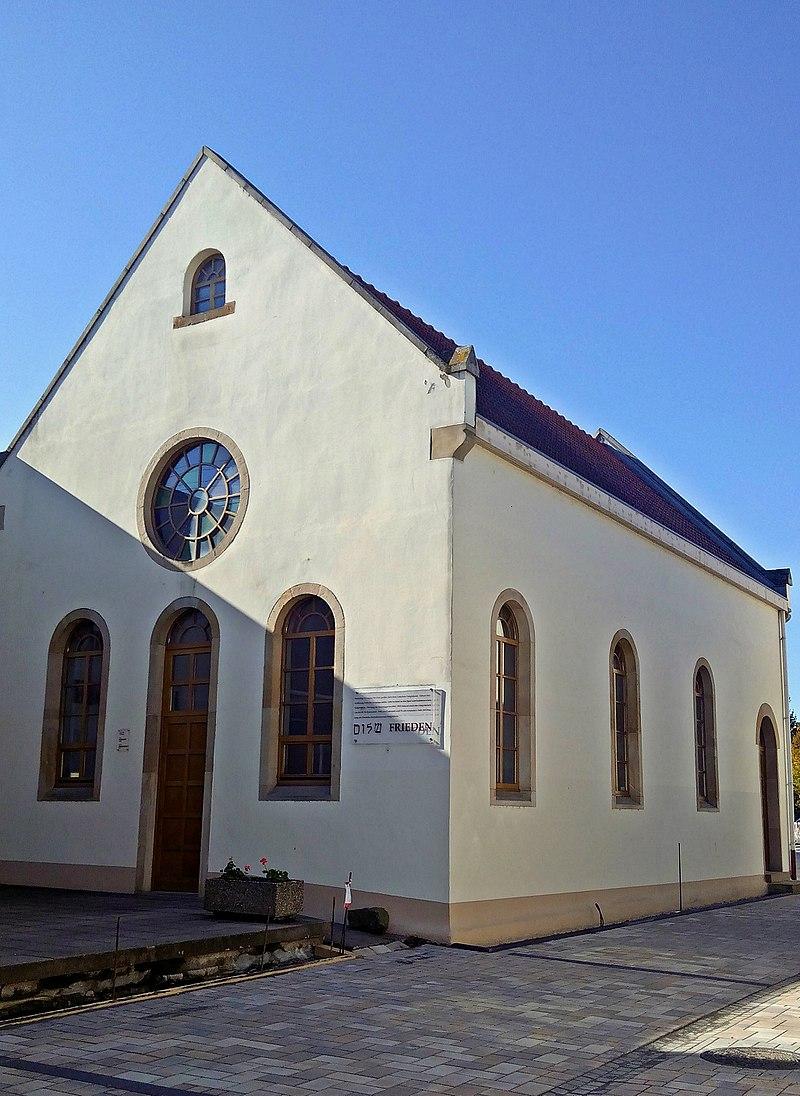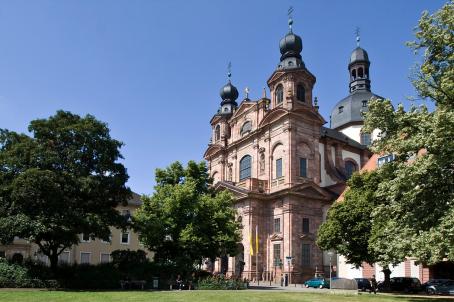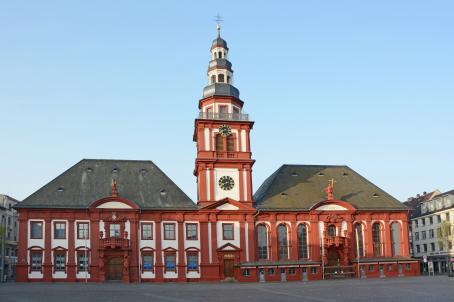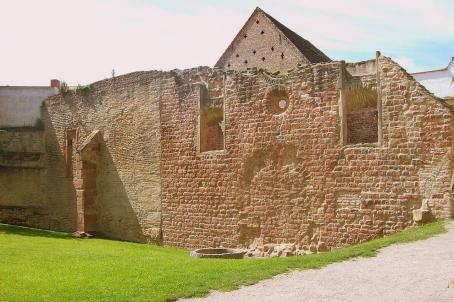Synagogue in Fußgönheim
The synagogue in Fußgönheim was built in 1842. A Jewish community lived in Fußgönheim from 1684; a Jewish cemetery existed in the village from 1821 at the latest. The synagogue, built in 1842, burnt down on 19th August 1901 but was rebuilt the following year. Closed from 1928, the building was spared the pogroms of November 1938 and was used as a warehouse until then. Since 1997, the former synagogue building has been used by the German Potato Museum. Inside, some of the decorative paintings from the Jewish period have been preserved.






